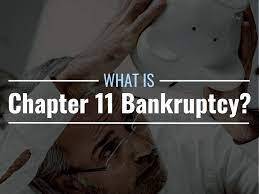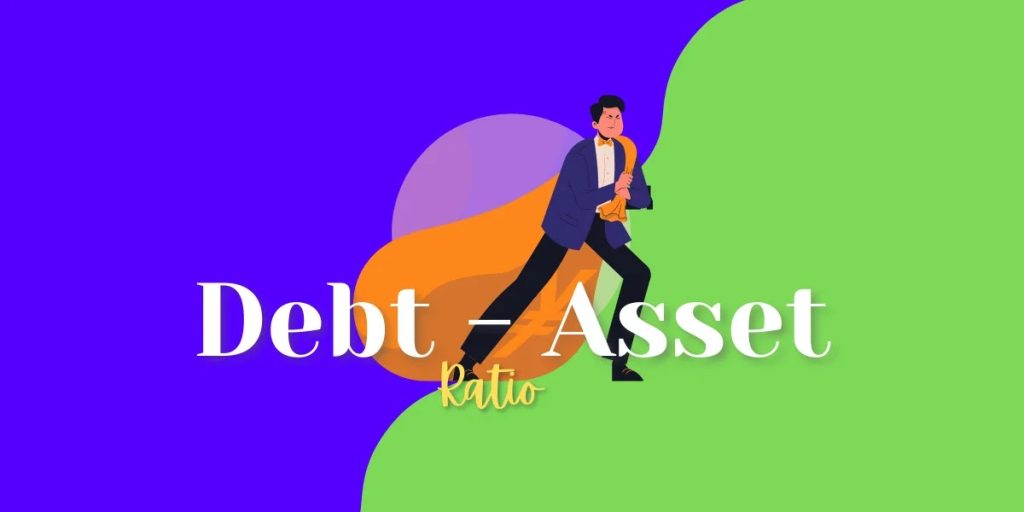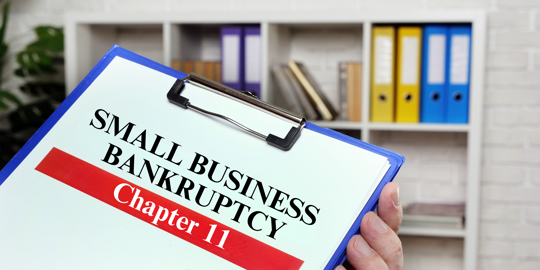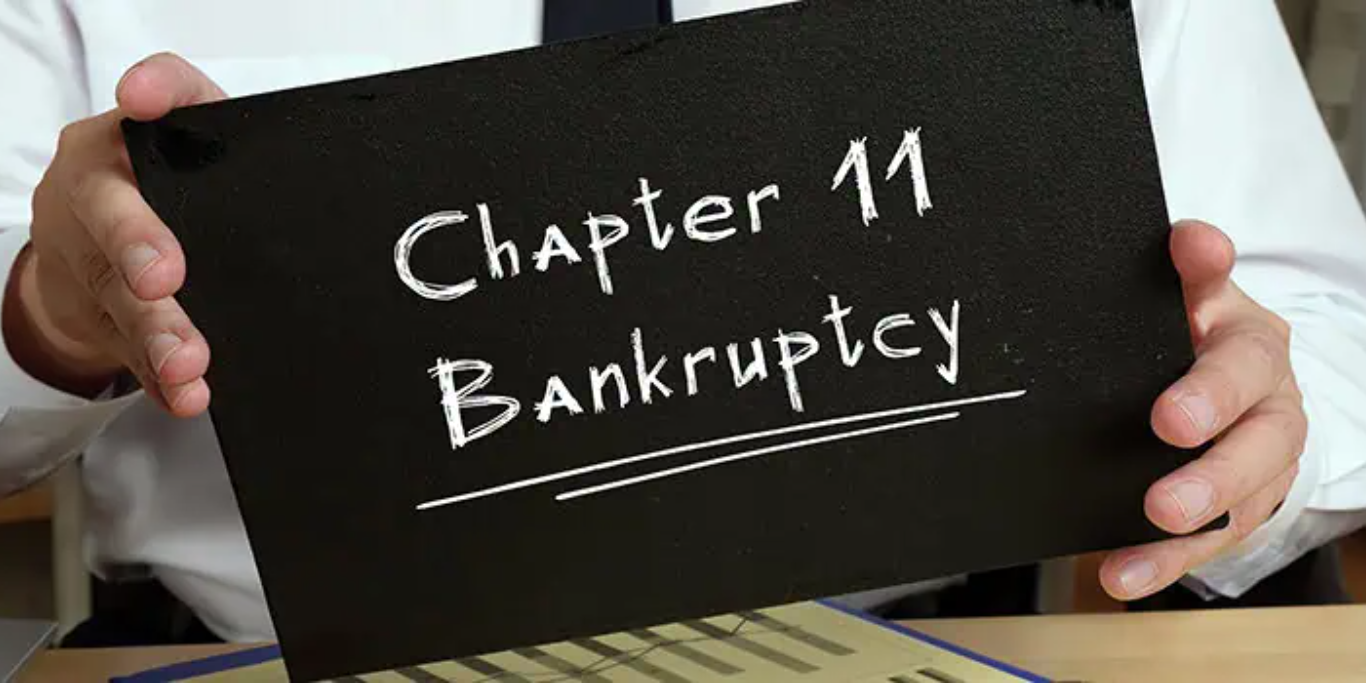Business owners and individuals burdened by debt may discover a fresh start through Chapter 11 bankruptcy. Often referred to as reorganization bankruptcy, Chapter 11 allows businesses to remain operational while the owner and creditors restructure the debts, enabling the business to regain profitability.
However, maintaining a business’s operations isn’t the only reason to contemplate Chapter 11 bankruptcy.
Understanding Chapter 11 Bankruptcy
What is Chapter 11 bankruptcy? Chapter 11 bankruptcy, often called reorganization bankruptcy, allows a business to continue operating while creating a plan to repay or eliminate its debts. This process is designed to keep the business functional throughout and after bankruptcy.
For those facing challenges like mortgage insolvency in Toronto, Chapter 11 can be a viable solution. While many associate Chapter 11 with large corporations like Toys ‘R’ Us and Kmart, small business owners seeking credit counselling can also benefit. Most will maintain ownership during bankruptcy proceedings.
During this time, the business can operate normally, enabling the owner to make decisions to enhance sales and profits. They can sell inventory and purchase materials for new contracts.

However, small business owners face certain limitations. They need court permission to sell assets (except inventory) and to start or end rental agreements, as well as approval for hiring lawyers or other service providers.
Additionally, business owners must provide monthly reports to keep the courts informed of their financial situation, including income and expense statements.
How Chapter 11 Bankruptcy Works
Chapter 11 is named after a section of the U.S. Bankruptcy Code and allows companies to reorganize and make a fresh start. During the Chapter 11 process, the court assists businesses in restructuring their debts and assets, often permitting them to continue operations. As part of our bankruptcy advisory service in Toronto, we provide expert guidance on processes like Chapter 11, where the court assists businesses in restructuring debts and assets, often enabling them to continue operations.
While corporations and partnerships are the most common filers, individuals with significant debt who do not qualify for Chapter 7 or 13 may also be eligible, though this is rare. The Chapter 11 process can be lengthy.
Typically, the debtor, referred to as a “debtor in possession,” can manage the business normally. However, if there are issues of dishonesty, fraud, or gross incompetence, a court-appointed trustee may take over.
The business must obtain court permission for certain decisions, such as selling assets (excluding inventory), starting or ending rental agreements, and making significant operational changes. The court also regulates decisions regarding attorney retention, vendor contracts, and loans that would take effect post-bankruptcy.

In Chapter 11, the debtor has the initial opportunity to propose a reorganization plan. This plan may involve downsizing operations to cut costs, renegotiating debts, or liquidating assets to pay creditors. If the court finds the proposal feasible and fair, it will be accepted, allowing the process to proceed.
Filing Costs
Filing for Chapter 11 bankruptcy costs $1,738, but the true expenses begin with attorney fees. For individual Chapter 11 cases, legal fees start at around $10,000 and can increase significantly. For small businesses, attorney fees typically range from $15,000 to $30,000, but they can soar to $100,000 depending on the case’s complexity.
The steep attorney fees make Chapter 11 bankruptcy less appealing, particularly for smaller debts. If you determine that Chapter 11 is the right option for you, it’s advisable to compare fees from various attorneys to find a qualified bankruptcy lawyer who may charge less.
Timeline
When filing for bankruptcy, individuals or businesses have up to 18 months to propose a reorganization plan before creditors can intervene and propose their own plans. In practice, most small business owners and individuals aim to have an approved plan before the 18-month deadline.
The repayment phase of Chapter 11 bankruptcy can vary in duration, potentially being completed quickly (such as through the sale of a business) or extending over several years. There isn’t a strict limit on the repayment period, but a five-year repayment plan is often standard.
Handling Debts and Assets
When navigating Chapter 11 bankruptcy, understanding the treatment of debts and assets is crucial for business owners and individuals alike. Unlike other bankruptcy types, Chapter 11 offers flexibility in managing debts, allowing debtors to propose a repayment plan while retaining most of their assets. However, certain obligations remain non-dischargeable, and the handling of personal assets can vary significantly based on the entity type.

Debts
Unlike other forms of consumer bankruptcy, Chapter 11 bankruptcy does not explicitly outline the fate of debts. Certain types of debts, such as student loans, unpaid child support, and unpaid taxes, cannot be discharged. Therefore, if these debts are included in the bankruptcy, the repayment plan must address how to pay them back. For example, a business with outstanding taxes must repay those within five years.
Aside from these non-dischargeable debts, it is up to the individual or entity filing for bankruptcy to create a plan to repay some or all of their debts. Typically, debts may be repaid partially or fully over several years, with some potentially discharged completely. Repayment plans often last five years, but in rare cases, Chapter 11 bankruptcy can extend up to ten years.
Assets
In Chapter 11 bankruptcy, a business or individual usually retains most of their assets. However, the debtor may propose selling some assets as part of their reorganization plan. In fact, a business owner could opt to sell the entire business under Chapter 11.
It’s important to note that an individual’s personal assets can be used to settle debts in a Chapter 11 case. While corporate owners generally do not have to worry about their assets being included, sole proprietors or partners in a partnership may find their personal assets part of the filing. This does not guarantee that they will lose their personal assets, but those assets may not be fully protected.
When Filing Chapter 11 Bankruptcy Is a Viable Option
Chapter 11 bankruptcy serves as a strategic option for individuals and businesses facing overwhelming debt. While it can provide a pathway to financial recovery, it is essential to consider the associated costs and complexities involved in the process. This bankruptcy type may be particularly beneficial in several scenarios:
Small Businesses
For small business owners aiming to keep their operations afloat, Chapter 11 bankruptcy can provide much-needed debt relief. While it can assist with financial obligations, it does not resolve issues related to inadequate income. If a small business is struggling to generate revenue, Chapter 11 may not be a viable solution.

Large Businesses
Large companies seeking to avoid sale or liquidation may utilize Chapter 11 to reorganize and eliminate enough debt to remain operational for the benefit of their shareholders.
Creditors
Creditors may initiate involuntary Chapter 11 bankruptcy against a debtor who has significant unpaid obligations.
Individuals
Individuals with debts that exceed the limits set for Chapter 13 bankruptcy ($465,275 for unsecured debts and $1,395,875 for secured debts) can opt for Chapter 11 instead. Additionally, those with smaller debts might choose Chapter 11 if the filing costs are lower than the expected fees for Chapter 13 bankruptcy.
Advantages and Disadvantages of Chapter 11 Bankruptcy
One of the primary advantages of Chapter 11 bankruptcy is that it typically allows business owners to retain ownership of their company. This sets it apart from Chapter 7 bankruptcy, which requires owners to liquidate their businesses or sell them outright to settle debts. However, the bankruptcy process can be lengthy, costly, and disheartening, making it crucial to consider the Chapter 11 bankruptcy pros and cons before proceeding.
| Benefits | Drawbacks |
|---|---|
| ✔ No debt limits | ✘ Long timeline (commonly 5 years) |
| ✔ Assets can typically be kept | ✘ Personal assets may not be perfectly protected |
| ✔ Could be less expensive than Chapter 13 | ✘ Could end up being much more costly (potentially up to $100,000 or more) |
| ✘ Unpredictable outcome, cost, and timeline |
Unlike Chapter 7 or Chapter 13, Chapter 11 bankruptcy can be unpredictable. In certain instances, filing for Chapter 11 may be less expensive than other chapters. However, attorney fees in Chapter 11 can be significantly higher, sometimes reaching up to $100,000 compared to an average of $2,000 for Chapter 13. The outcomes are also less certain; some debtors may find themselves repaying debts for up to a decade, and in rare circumstances, business owners might have to sell or liquidate their companies.
Conclusion
Chapter 11 bankruptcy offers a potential lifeline for businesses and individuals facing substantial debt, providing the opportunity to reorganize and regain financial stability while maintaining operational control. This process, while beneficial in many situations, comes with significant complexities and costs that must be carefully weighed against the potential advantages. As such, it is essential for those considering Chapter 11 to fully understand its implications, including the treatment of debts and assets, the overall timeline, and the potential long-term effects on their financial situation. By exploring all available options, including Consumer Proposals and Corporate Proposal, and consulting with qualified professionals, such as Kunjar Sharma & Associates Inc., individuals and businesses can make informed decisions that pave the way for a more secure financial future.





